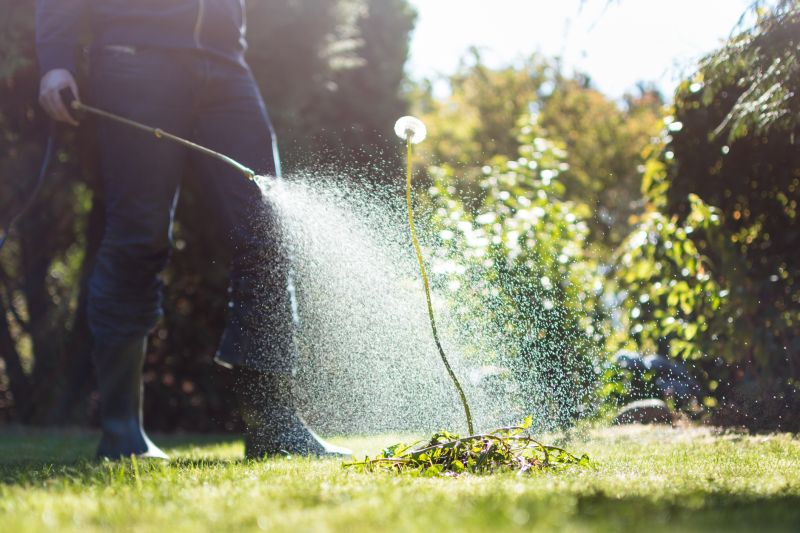Top Vapor Barrier Installation Products for Reliable Protection
Explore the leading solutions designed to ensure effective moisture control and long-lasting vapor barrier performance.
 Vapor barrier products are essential components in construction and renovation projects that aim to control moisture migration within building assemblies. These materials are designed to prevent the passage of water vapor from one area to another, thereby reducing the risk of mold growth, wood rot, and structural damage caused by excess moisture. Proper installation of vapor barriers can enhance the longevity and durability of floors, walls, and ceilings, especially in areas prone to high humidity or moisture exposure.
Vapor barrier products are essential components in construction and renovation projects that aim to control moisture migration within building assemblies. These materials are designed to prevent the passage of water vapor from one area to another, thereby reducing the risk of mold growth, wood rot, and structural damage caused by excess moisture. Proper installation of vapor barriers can enhance the longevity and durability of floors, walls, and ceilings, especially in areas prone to high humidity or moisture exposure.
Top Overall Option
Polyethylene Vapor Barrier Sheet
A versatile and widely used vapor barrier option, polyethylene sheets are available in various thicknesses and sizes to suit different project needs. They are easy to install, cost-effective, and compatible with a range of building materials, making them a reliable choice for controlling moisture transmission in floors, walls, and ceilings.
Types of Products For Vapor Barrier Installations
Polyethylene Sheeting
Thin, flexible plastic sheets that provide an effective vapor barrier for various applications.
Foil-Backed Membranes
Reflective membranes that combine vapor resistance with thermal insulation properties.
Liquid Vapor Barriers
Sealants and coatings applied as liquids to create a continuous vapor barrier surface.
Vapor Barrier Paints
Specialized paints that can be applied to surfaces to reduce vapor permeability.
Vapor Retardant Films
Thin films designed to slow vapor transmission with high resistance ratings.
Rubberized Membranes
Flexible, durable membranes suitable for sealing around penetrations and irregular surfaces.
Asphalt-Impregnated Sheets
Traditional vapor barriers often used in basement and foundation applications.
Bituminous Coatings
Adhesive coatings that provide vapor resistance and waterproofing.
Vapor Barrier Batts
Insulation batts with integrated vapor retarder layers for wall and ceiling applications.
Polyurethane Foams
Spray-applied foams that can serve as vapor barriers when properly installed.
Popular Choices
Commonly used for floors and crawl spaces, available in various thicknesses.
Popular for wall and attic applications due to their reflective properties.
Often chosen for interior walls to reduce moisture transmission.
Used for sealing concrete surfaces and irregular areas.
Selected for its combined insulation and vapor control capabilities.
Preferred for their high resistance ratings in sensitive environments.
Popular for sealing foundations and basement floors.
Timeless choice for foundation and below-grade applications.
Used for waterproofing and vapor resistance on exterior surfaces.
Common in residential insulation projects for walls and ceilings.
Easy to apply around penetrations and irregular surfaces.
Selecting the right vapor barrier involves understanding the specific requirements of your project, including the type of surface, environmental conditions, and the level of vapor transmission resistance needed. Materials commonly used include polyethylene sheets, foil-backed membranes, and specialized vapor-retardant paints or coatings. Each type offers different advantages in terms of flexibility, durability, and ease of installation.
In addition to material selection, considerations such as thickness, permeability ratings, and compatibility with other building materials are crucial. For example, thicker polyethylene sheeting often provides greater resistance but may be less flexible, making installation more challenging in tight spaces. Proper sealing and overlapping of seams are vital to ensure an effective vapor barrier system, preventing moisture leaks that could compromise the structure.
Overall, investing in high-quality vapor barrier products and understanding their proper application can contribute significantly to maintaining a healthy indoor environment and protecting building investments. Whether for new construction or retrofit projects, a well-chosen vapor barrier is a key element in moisture management strategies, supporting the integrity of the building over time.
Key Buying Considerations
- Determine the appropriate vapor permeability rating for your project to ensure adequate moisture control.
- Select a material thickness that balances durability with ease of installation.
- Ensure compatibility with existing building materials and insulation types.
- Consider the installation environment, including exposure to moisture, temperature fluctuations, and physical stresses.
- Check for proper sealing methods, such as overlapping seams and airtight tape compatibility.
- Evaluate the flexibility and ease of handling, especially for complex or tight spaces.
- Assess whether the product provides additional benefits like thermal insulation or waterproofing.
- Review the product's durability and resistance to tearing or puncturing during installation.
- Verify that the vapor barrier complies with relevant building codes and standards.
- Consider long-term performance and maintenance requirements.
